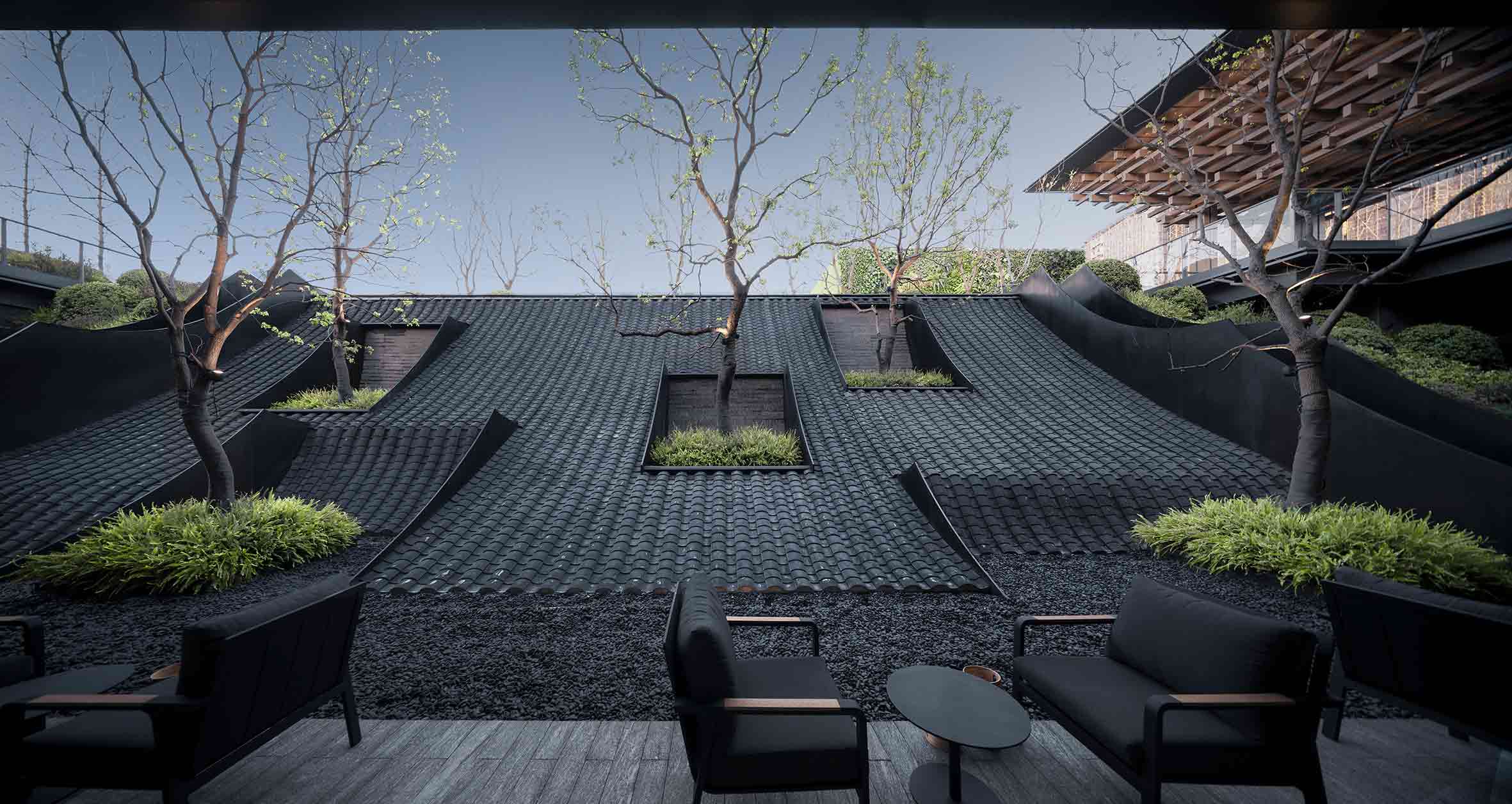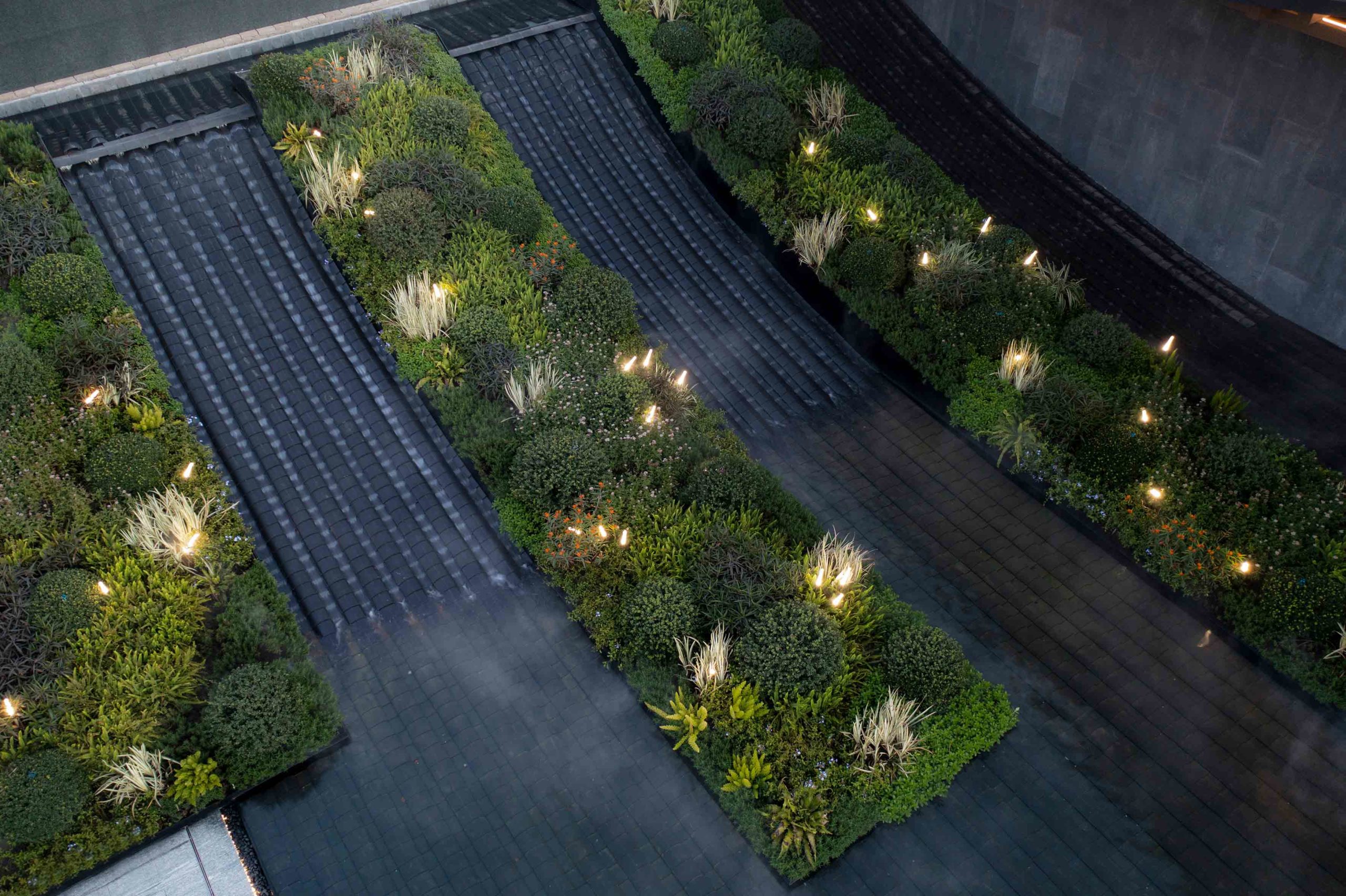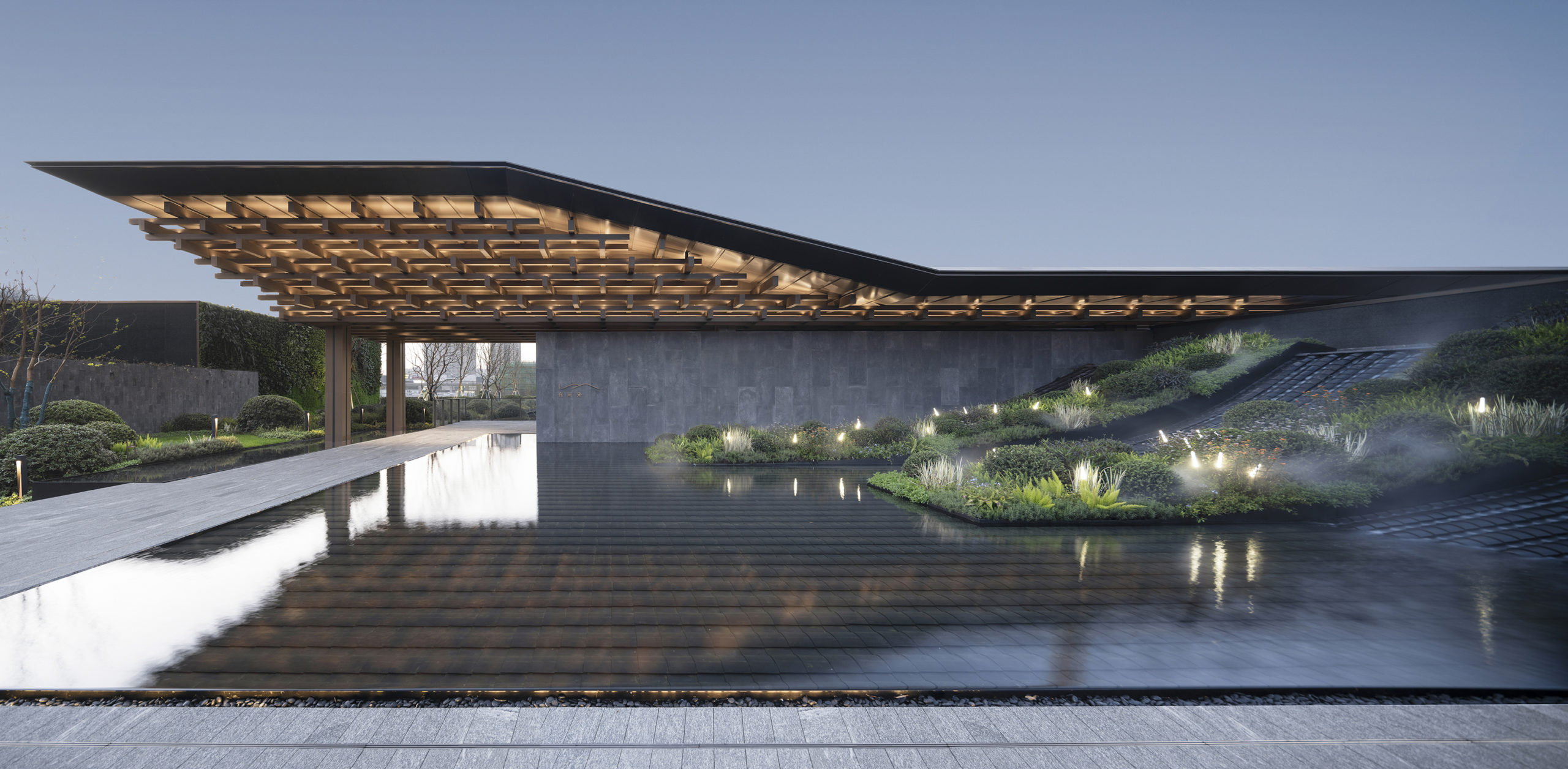The latest edition of “Architizer: The World’s Best Architecture” — a stunning, hardbound book celebrating the most inspiring contemporary architecture from around the globe — is now available. Order your copy today.
The relationship between built and organic landscapes can sometimes be a fraught one. Too often, urbanization is undertaken at the expense of the natural environment rather than in support of it. But it doesn’t have to be this way. When architects respond thoughtfully to a site’s native ecology, development can elevate nature and shape meaningful, enduring spaces that enrich the planet and the lives of its population.
These exceptional winning landscape projects from the 10th Annual A+Awards achieve precisely that. From challenging traditional urban typologies to innovating exciting new approaches to ecological design, discover the remarkable ways that landscape architects broke new ground in 2022.
1. Innovating Water Management
AN VILLA by TROP : terrains + open space , Shaoxing, China
Jury Winner, 10th Annual A+Awards, Private Garden


As well as aesthetic impact, the water features serve a vital utility. Heavy rainfall isn’t unusual in Shaoxing and these clever installations double as water management devices, the grooves of the tiles allowing rain to run off and drain away. The result is a nostalgic, architectural space that offers ingenious protection from flooding.
2. Combining Conservation and Development
Chengdu Giant Panda Breeding Research Base Expansion Project by Shanghai TIANHUA Urban Planning & Design, Chengdu, China
Jury Winner, 10th Annual A+Awards, Urban and Masterplan
The architects’ guiding philosophy was ‘animal-friendly, human-friendly’. The design pays acute attention to the environmental needs of the pandas, from the terrain to light levels. However, the careful addition of tourism infrastructure is expected to open up the center to around eight million visitors a year, creating an invaluable opportunity for education and funding. This scheme is a remarkable masterclass on how development and conservation can be complementary, rather than competing, ends.
3. Reinventing Traditional Typologies
Little Island by Heatherwick Studio and MNLA, Manhattan, New York
Jury Winner, 10th Annual A+Awards, Public Parks & Green Spaces
While piers are traditionally flat, the park features an undulating topography. Its unique design was formed by a series of piles that extend into planters filled with indigenous trees and foliage, merging to create a unified surface above the water. The piles’ staggered heights create playful contours and carve out spaces for outdoor amphitheaters, while the elevated corners of the island allow natural light to reach marine life below the park.
4. Merging Old and New Landscapes
Xiaoyunlu 8, MAHA Residential Park by Ballistic Architecture Machine (BAM), Beijing, China
Popular Choice Winner, 10th Annual A+Awards, Private Garden
However, the private park is still a work in progress. While the architects planted the seeds, so to speak, the gardens were designed for the future — to flourish and mature into a rich, resplendent landscape that shifts and evolves with the passing seasons and years. The final ingredient in this masterful design is time.
5. Allowing Ecology to Lead the Way
International Consulting on the Urban Design of Xichong, Nan’ao, Shenzhen City by RJRX Urban Planning & Design Consultants, Shenzhen, China
Popular Choice Winner, 10th Annual A+Awards, Unbuilt Masterplan
Instead of a uniform plan of urbanization, tourist areas will be encouraged to grow organically through the existing traditional villages, allowing the local community to benefit from the influx of visitors. Rather than obtrusive interventions, the development strategy is oriented around hiding new infrastructure within nature and channeling an ecology-first approach to architecture.
6. Memorializing Through Nature
416 Memorial Park by UNITEDLAB Associates and vtrilloarquitectos, Ansan, South Korea
Popular Choice Winner, 10th Annual A+Awards, Unbuilt Landscape
An inclining walkway cuts a corridor through the manmade hills to the building’s entrance. This transitory space can be closed off to form an outdoor venue for performances and memorial events. Inside the center, the scale of the interior gradually deepens with every descending level until it reaches the Commemoration and Enshrinement spaces.
7. Responding to Climate Change
Design 4 Public Value @ Sea by ORG Permanent Modernity
Jury Winner, 10th Annual A+Awards, Unbuilt Landscape
The realization of such infrastructures would be game-changing, though research has flagged two overlooked challenges: social support and spatial integration. In response, the research team at ORG Permanent Modernity has devised a generic toolkit with a wide application, which involves both supporters and opponents from the initial design stages. Plans can be customized to fit specific tidal zones, environments and land formations, as well as allowing degrees of flexibility for the future.
The latest edition of “Architizer: The World’s Best Architecture” — a stunning, hardbound book celebrating the most inspiring contemporary architecture from around the globe — is now available. Order your copy today.
